The ‘Wounds’ that we inflict on ourselves
Elliot Ziwira @ The Book Store
Jameson Gadzirai’s “Wounds” (2007) reminds one of the many battles encountered in life’s experiences as the struggle to win is encumbered in losing. The wounds that the artiste purveys of are two-fold; literal and metaphorical. The literal or physical wounds inflicted on the body, though painful, are not permanent as they heal through the passage of Time,
leaving only scars as a reminder of the excruciating pain once experienced; but those wounds of the metaphorical kind that are burdensome to the heart do not usually heal, no matter what Time brings. It is these wounds that so much worry the writer as they are destructive, not only to the individual who suffers them, but to the one who inflicts them, as well as the innocent ones who make up the family unit, community and nation.
Yes, it’s painful to be wounded in the heart because the haemorrhage is difficult to stop, as reminders are always thrown one’s way which perforates the wound anew; but one somehow has to learn to forego past pains through forgiving the transgressors. It may be taxing really, but by forgiving others we will also be releasing ourselves from our inner selves, who refuse to move forward by clinging on to the past.
We should all take a cue from Simone de Beauvoir, who once said: “We must not confuse the present with the past. With regard to the past, no further action is possible.” Hence, by forgiving others’ follies we will also be disentangling ourselves from our own foibles; and it is this that shapes a fruitful future, not only for the individual, but for the family unit, community and nation. It is this rationale that obtains in Gadzirai’s “Wounds”.
Society has a way of inflicting wounds on itself through its expectations from the individual, who somehow escapes from the rather oppressive pathos imposed on him/her. The violent vents that the individual escapes through scald others who in most cases are innocent, and when this happens society becomes the major loser. Societal ills like witchcraft or the fear of it, barrenness and incest are cultural creations whose wounds hurt not only the individual but an entire community.
Although there are noticeable Mungoshi and Marechera influences, especially on the use of metaphors in highlighting the essence of the family on the individual, Gadzirai’s family and community do not remain alienated or clinging on to hopelessness by seeking solutions from charlatans, like Mungoshi’s, neither is his family perpetually diseased and out of sync with cultural reality like Marechera’s. Gadzirai’s family is redeemed through the redemption of the individual, which is reflected on communal Nirvana that is collectively sought. The community does not remain burdened by drought, barrenness and disease.
In the sizzling, captivating and revealing offering, the writer collapses sense boundaries through the exploitation of a plethora of images and symbols drawn from the fictional village and town of Ngondi, which can be any village or town in pre-independence and post-independence Zimbabwe. The juxtaposition of life in the exotic village of Ngondi with that of the town of Ngondi, and the former being conducive for regeneration through exorcism and self-correction, makes the novel a pastoral one.
Gadzirai also uniquely fractures the plot into individual episodes which interact and merge into the familial, communal and national discourses. The fragmented plot is sustained through a narrative technique that combines all the different voices; first, second and third person perspectives, in such a way that draws the reader into the story.
Notwithstanding some minor editorial glitches and narrative inconsistencies in some chapters, as the voices are somehow merged inappropriately, the artiste’s technique is top drawer, as it does not only make the story cinematic by effectively tapping into the stream of consciousness; but it also checks on the weaknesses culminating from the use of a single narrative technique. By allowing the individual characters to speak their minds out without any inhibitions, Gadzirai checks on the limitations of the third person narrator; and the constant shift to the omniscient and omnipresent third person authorial voice, averts artistic self-justification, which is the bane of the first person voice technique.
The novel does not tell an individual’s story since he/she is a product of a society or community; hence, the individual psyche is merged with the societal discourse.
As the story opens Takundwa, a six-year-old Ngondi boy narrates their daily escapades at Ngondi River, in one of which pools Anne, his friend was taken by a water spirit. He tells the reader about the serene environs of Ngondi and the village’s expectations about Anne’s disappearance at the pool. The narrative voice, still in the first person shifts to Adam, Takundwa’s 17-year-old elder brother who fills us in about their mother, Robina’s death; his fears of witchcraft his contemplation of leaving home in a desperate attempt to escape from it all. However, the reader’s anxiety is heightened through adept use of suspense as Robina’s demise is shrouded in mystery until after Tazvitya; her husband retraces his travails through life, with a father who always thought that he was less of a man than a woman.
The trouble started when Tazvitya decided not to partake in the “Whiteman’s war … beyond the seas” because he “could not stand the sight of blood”. Unfortunately, society, in the mould of his father, could not take lightly to such wanton betrayal.
It is this chiding that puts the train of events in motion as Tazvitya is determined to prove that he is a man, albeit in a violent way. He vents his ire on his blooming beautiful sister Tsitsi whom he incessantly rapes until she falls pregnant.
Tsitsi suffers silently as society does not take lightly to women who are raped; they are considered loose and seductive. The pregnancy is subsequently forced on her foreign boyfriend Bernard. In a fit of rage she strangles the child at birth in full view of her mother, sister, Mary and Tazvitya; because she fails to bear the sight of such an abominable incestuous product. The child’s death does not in the least stun the community but it drives Tazvitya’s father away from home, as he packs his bags and bides farewell; never to return.
Tsitsi never recovers from her wounds as her beauty fades, her smiles wane and that caring heart of yore is turned to stone. The affable Robina, Tazvitya’s wife becomes the innocent pawn in her games of revenge. She could brutalise her at will, and in the end she poisons her and sadistically watches her die.
Three days after his wife’s death the repentant Tazvitya commits suicide; which society frowns at, and his home and livestock are destroyed at the instigation of the hard handed chief, Sando who takes his three children into custody. Sadly two of them, Andrew and Adam die within a couple of months, leaving Takundwa who is taken to Ngondi town to live with his hypocritical and barren aunt, Mary, and her husband Tobias, who “remove(s) the stool of other men” at the clinic.
Twelve years on, way after independence, the town of Ngondi is afflicted by “a new disease” and strife; the villagers of Ngondi are reduced to scavengers because of perennial droughts; the pompous chief loses 11 of his 12 wives to the city.
As society seems to be paying for its foibles, Burombo the healer and Father O’Brien, the Priest, call for a cleansing ceremony; starting with rituals to bring the spirits of Robina and Tazvitya to the fold.
Much to the surprise of the Christians, the Priest tells them that the God Burombo subscribes to is the same One that they worship, only in different ways. He tells the stunned congregation: “I came here to campaign for God and righteousness. I did not come here to change your ways…Do not reject the earth and the customs that made you what you are in favour of the act and custom of another people whom you do not understand.”
Thus joining hands as a community; Christians and “heathens” alike perform Robina’s rituals, and everyone, including Sando and Tsitsi, confesses his/her sins in the presence of Burombo the spirit medium and Father O’Brien the Priest. Those possessed with different family spirits converge in the veldt and are joined by Anne, now a beautiful young woman with healing powers, 12 years after the water spirit took her.
Before the ceremony is over pregnant clouds hover about, only to break up in torrents as the community celebrates the birth of a new season of hope and abundance once more. Life returns in its fullness to the faithful inhabitants of Ngondi; Takundwa is helped by Torwei, the rustic and comic drunkard and other villagers to reconstruct his father’s homestead and kraal for the “six cattle, three heavy with offspring” and Mary, considered barren for years, falls pregnant.

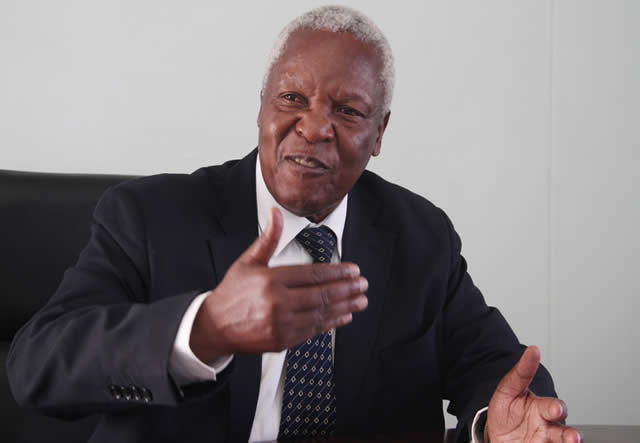
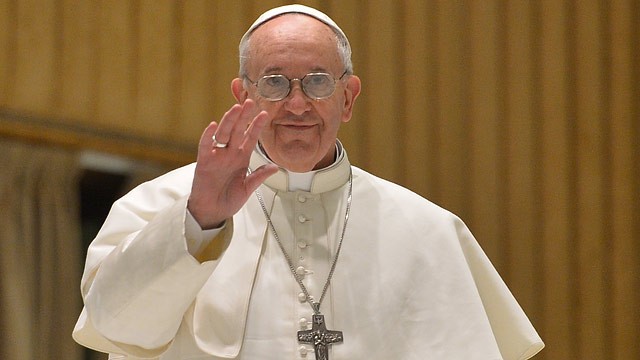
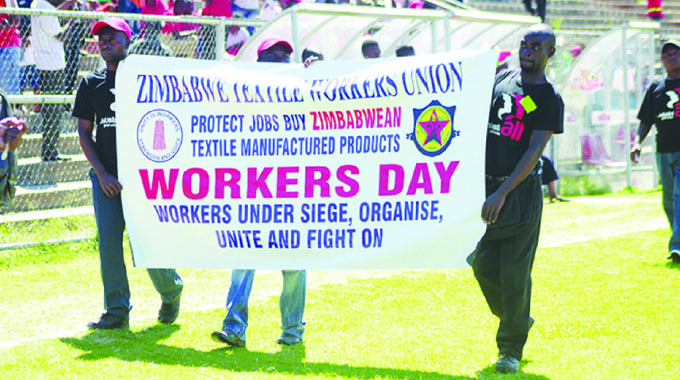
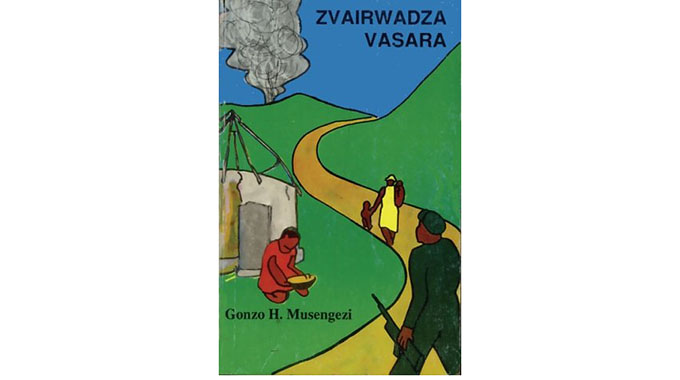
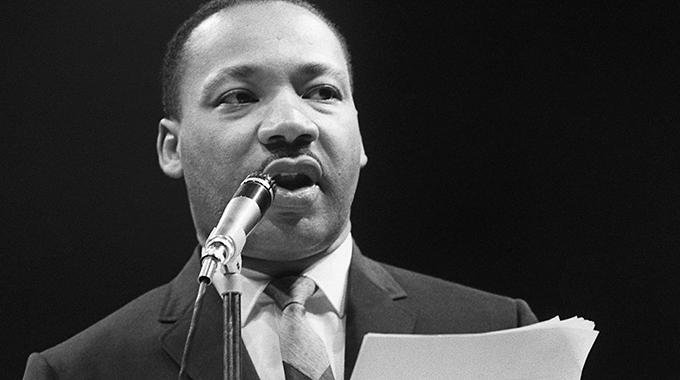

Comments